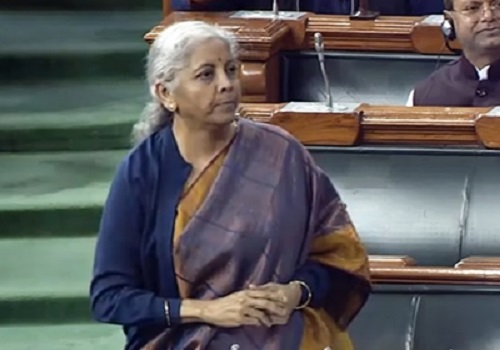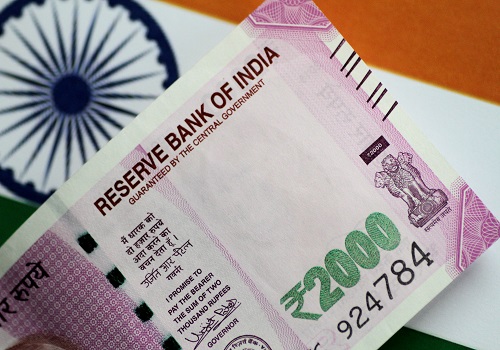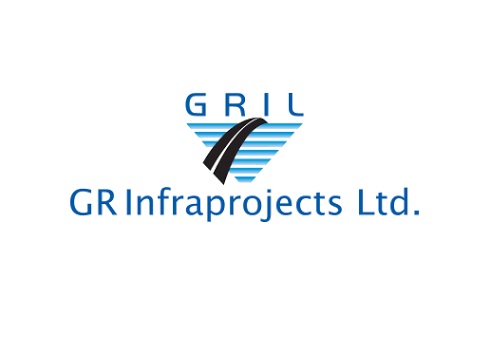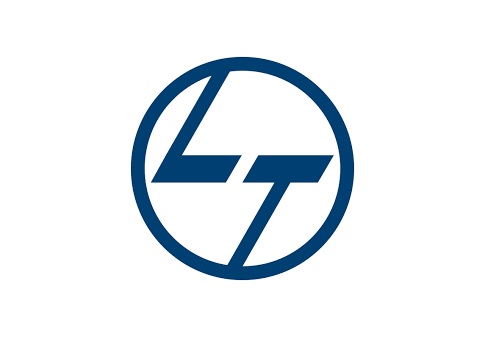Power Sector Update - Revamped distribution reform scheme approved By ICICI Securities
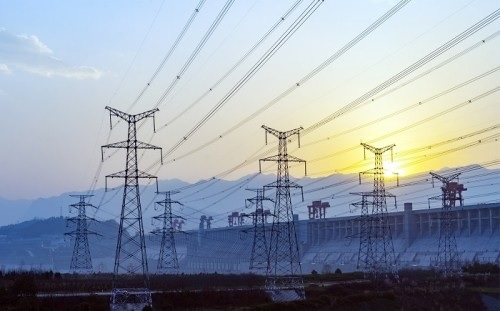
Follow us Now on Telegram ! Get daily 10 - 12 important updates on Business, Finance and Investment. Join our Telegram Channel
Revamped distribution reform scheme approved
The Union Cabinet has approved the Revamped, Reforms-Based and Results-Linked Distribution Sector Scheme for supporting discoms to undertake reforms and improve performance in a timebound manner, as was announced in the FY22 Union Budget. The scheme is aimed at providing 24x7 uninterrupted, quality, reliable and affordable power supply and seeks to improve discoms’ operational efficiencies and financial sustainability based on state-specific action plans. Total outlay for the scheme is Rs3,038bn over FY22-FY26.
The scheme is positive for all players across the power sector value chain. We believe this is a precursor to ‘perform or perish’ for inefficient discoms. It is implicit that discoms that are not able to reform and plug losses, will have to give way to privatisation (delicensing is proposed in the draft Electricity Amendment Bill), as states too don’t have the fiscal space to keep funding power sector losses.
Also, with both peak and daily energy demand at all-time highs (peak was 191.2GW on 30th Jun’21), the timing of the reform approval was pertinent. We believe this move will rerate the sector (entire value chain including power financiers) and revive capex (both in generation and distribution). Top picks: NTPC, PFC, CESC and PTC India along with smart meter players.
* Revamped reforms-based distribution scheme gets Cabinet approval: Total outlay for the new scheme is Rs3,038bn (Central government funding: Rs976bn) over FY22-FY26. Existing IPDS, DDUGJY and PMDP-2015 (for J&K and Ladakh) schemes will be subsumed.
* PFC and REC not only the nodal agents, but also beneficiaries in the value chain: PFC and REC are the nodal agencies for the scheme for 19 and 16 states and UTs respectively. Also, improved health of state discoms (operational efficiencies and financial sustainability) should structurally benefit its key lenders PFC and REC. Further, revived capex and financing demand required to strengthen distribution infrastructure will improve growth visibility prospects for these financiers.
* Major objectives of the scheme: i) Reduce pan-India AT&C losses to 12-15% by FY25; ii) reduce ACS-ARR gap to zero by FY25; iii) develop institutional capabilities for modern discoms; iv) improve the quality, reliability and affordability of power supply to consumers through a financially sustainable and operationally efficient distribution sector.
* Scheme approved at a time when all-India power demand touched new highs: AllIndia peak demand touched an all-time high of 191,243MW between 12:00PM to 1:00PM on 30th Jun’21 (earlier high of 189,644MW on 31st Jan’21). Further, all-India daily energy demand also touched an all-time high of 4,303MU (earlier high of 4,161MU on 8th Apr’21).
Key updated details of the approved Revamped Distribution Sector Scheme:
* Centre’s assistance to states is based on meeting prequalifying criteria as well as achievement of basic minimum benchmarks by the discom as per an agreed evaluation framework tied to financial improvements. Implementation of the scheme is based on state-specific action plans.
* The scheme has two parts. Part A has two components: i) implementation of 250mn prepaid smart meters by Mar'25, and ii) strengthening the distribution infrastructure. Part B is focused on training, capacity-building and other enabling and supporting activities.
* Smart metering will be implemented through the PPP mode. Central government grant for consumer smart prepaid meters will be a maximum of 15%/22.5% of project cost (up to Rs900/Rs1,350 per meter) for normal and special category states respectively.
* Priority will be given to install 100mn prepaid smart meters in mission mode by Dec’23 in the first phase in: (i) all electricity divisions of 500 AMRUT cities with AT&C losses at >15%, (ii) all UTs, (iii) MSMEs and all other industrial and commercial consumers, (iv) all government offices at block level and above, (v) other areas with high losses. Progress of installation of the meters would be monitored closely, especially those in government offices, to enable their installation in a timebound manner.
* Discoms can also avail of an additional special incentive (50% of the grants) if they install the targeted number of smart meters by Dec’23.
* Agricultural connections will be covered only through feeder meters. The scheme has a major focus on improving electricity supply for the farmers and provide daytime reliable and quality power through solarisation of agricultural feeders. Works on separation of 10,000 agriculture feeders at an outlay of Rs200bn will be taken up. The scheme converges with the PM-KUSUM scheme, which aims to solarize all feeders, and provide avenues for additional income to farmers.
* The scheme proposes to leverage usage of AI to analyse data generated through IT/OT devices including system meters and prepaid smart meters. This will help prepare system-generated energy accounting reports every month and enable discoms to take informed decisions on loss reduction, demand forecasting, time of day tariff, renewable energy integration and for other predictive analysis.
* Infrastructure strengthening program focuses on feeder separation, and cabling and system upgrades aimed at lowering AT&C losses.
* Supervisory Control and Data Acquisition (SCADA) systems will be installed in all urban areas. Data management systems will be installed in 100 urban centres.
* The scheme provides for annual appraisal of discom performance against predefined and agreed upon performance trajectories including AT&C losses, ACS-ARR gaps, infrastructure upgrade performance, consumer services, hours of supply, corporate governance, etc.
* Grants will be released after signing of tripartite agreement among the discom, states and Centre, at approved loss-reduction trajectories.
* Discoms will receive grants in March of every year and it will be conditional to achieving the milestones agreed for the previous fiscal, reviewed through the Results Evaluation Framework. In case a discom is found ineligible in any year, the funding gap will have to be met by the discom or its state government. Discoms have to score a minimum of 60% of marks and clear a minimum bar in respect to evaluation framework to be eligible for funding in that year.
* Proposed grant flow – 10% as advance in first year post DPR Part-I approval, 20% in second year, 30% in third, and 40% in fourth year, starting FY22.
* Discoms will be mandated to publish audited annual and quarterly accounts in time, file tariff orders, collect dues from government departments, ensure no new regulatory asset creation and no outstanding subsidy receivables, among other requirements.
To Read Complete Report & Disclaimer Click Here
For More ICICI Securities Disclaimer https://www.icicisecurities.com/AboutUs.aspx?About=7
Above views are of the author and not of the website kindly read disclaimer


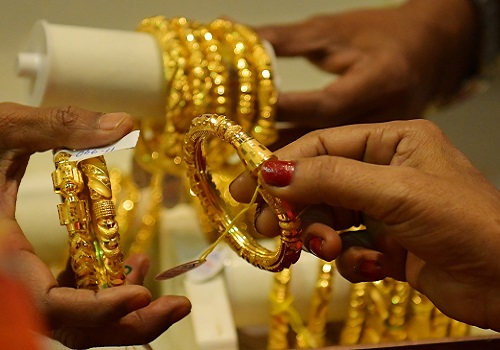





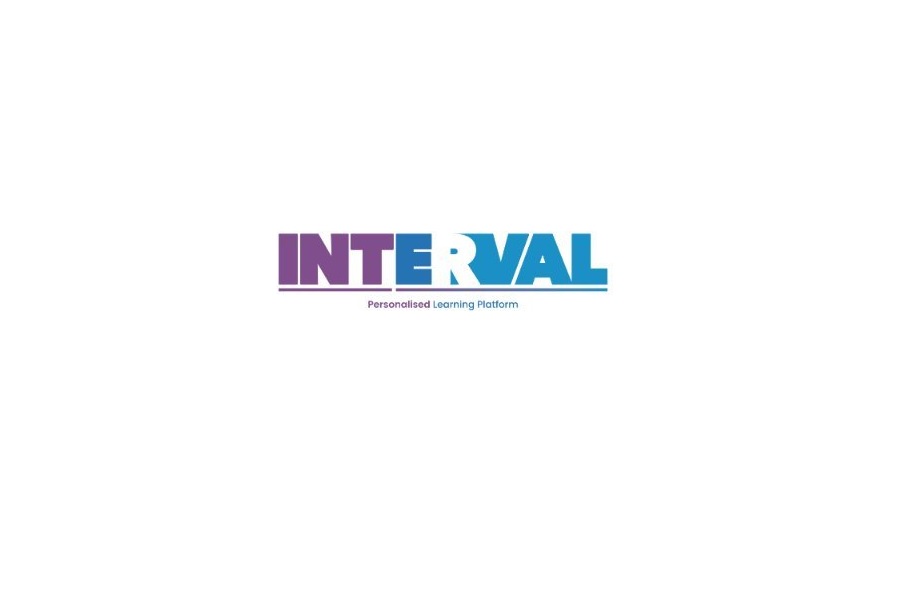

More News

Auto Sector Update - PVs: Strong recovery in a difficult year led by UVs By Motilal Oswal





 320-x-100_uti_gold.jpg" alt="Advertisement">
320-x-100_uti_gold.jpg" alt="Advertisement">



